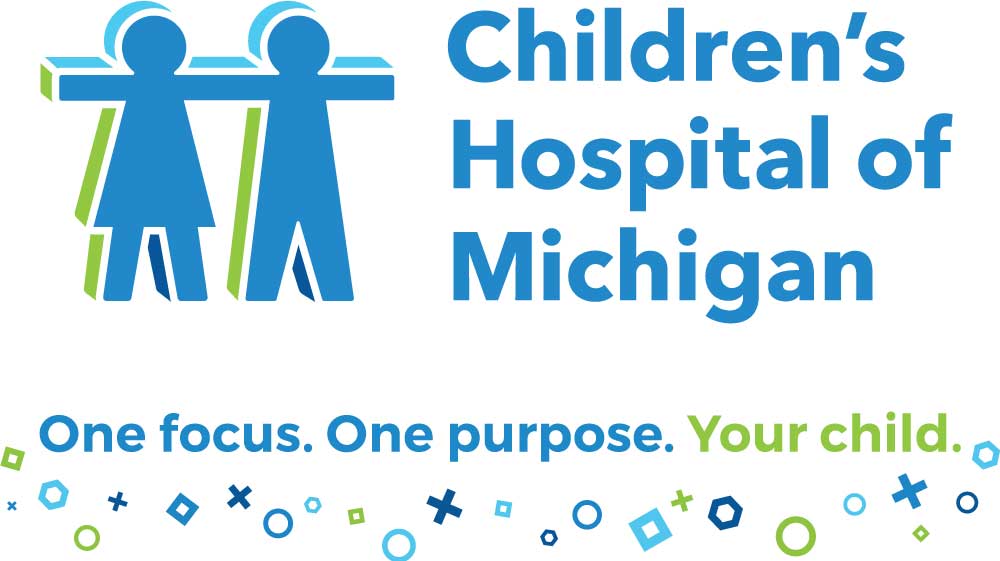Healthy Living
High Blood Pressure in Kids
When Should I Worry About My Child’s Blood Pressure?
According to a Centers for Disease Control and Prevention study, about 1 in 25 youth ages 12 to 19 have hypertension, and 1 in 10 has elevated blood pressure. High blood pressure or hypertension occurs when the force of the blood pushing on the blood vessel walls is too high, which causes the heart to pump harder, putting the arteries under greater strain as they carry blood.
Why Would a Child’s Blood Pressure Be High?
There are two classifications of high blood pressure. The most common type of high blood pressure is called primary hypertension. Children with primary hypertension have no other medical problem causing the condition. It is more common among children who have obesity or overweight and those with a family history of high blood pressure.
Secondary hypertension occurs when a medical problem or medication causes high blood pressure. Certain risk factors can also increase the risk of high blood pressure in kids, such as:
- Overweight or obesity
- Family history of high blood pressure
- Children of African American descent
- Type 2 diabetes
- High cholesterol
- Snoring or sleep apnea
- Preterm birth or low birth weight
What Happens if a Kid Has High Blood Pressure?
Most of the time, children with high blood pressure do not have any symptoms. Often high blood pressure in kids is discovered only during a medical checkup. Although rare, severe high blood pressure symptoms, include:
- Headaches
- Blurry vision
- Dizziness
- Nosebleeds
- Fluttering or racing heartbeat
- Nausea
Untreated high blood pressure in kids may lead to complications later in life. The normal blood pressure for kids is based on a child's sex, height and age. Your provider can help you identify what your child’s blood pressure should be.
What Is the Treatment for High Blood Pressure in Kids?
The goal of the treatment is to reduce your child’s blood pressure initially through healthy lifestyle changes, such as:
- Eating a well-balanced diet that is low in salt and rich in fruits and vegetables, lean meats, whole grains and low-fat or non-fat dairy.
- Avoiding sugary drinks and foods with added sugar.
- Exercising for at least 30 to 60 minutes a day.
- Limiting screen time and other sedentary activities to less than two hours a day.
- Getting enough sleep for at least 8-12 hours a day.
If lifestyle changes alone do not work after a year, your provider may recommend blood pressure monitoring continuously for over 24 to 48 hours along with medicines for high blood pressure.
Recommendations
It's good practice to ask your doctor to measure your child's blood pressure at least once a year, starting at age 3. Furthermore, a healthy lifestyle at a young age instills good lifelong habits and reduces their risk for cardiovascular disease later in life. If you think your child has high blood pressure, consult a primary care physician to help point you in the right direction. Please do not delay care.
Sources:
Centers for Disease Control and Prevention
KidsHealth
MedlinePlus


.jpg?Status=Master&sfvrsn=d1560cec_0)

.png?sfvrsn=553ab186_0)